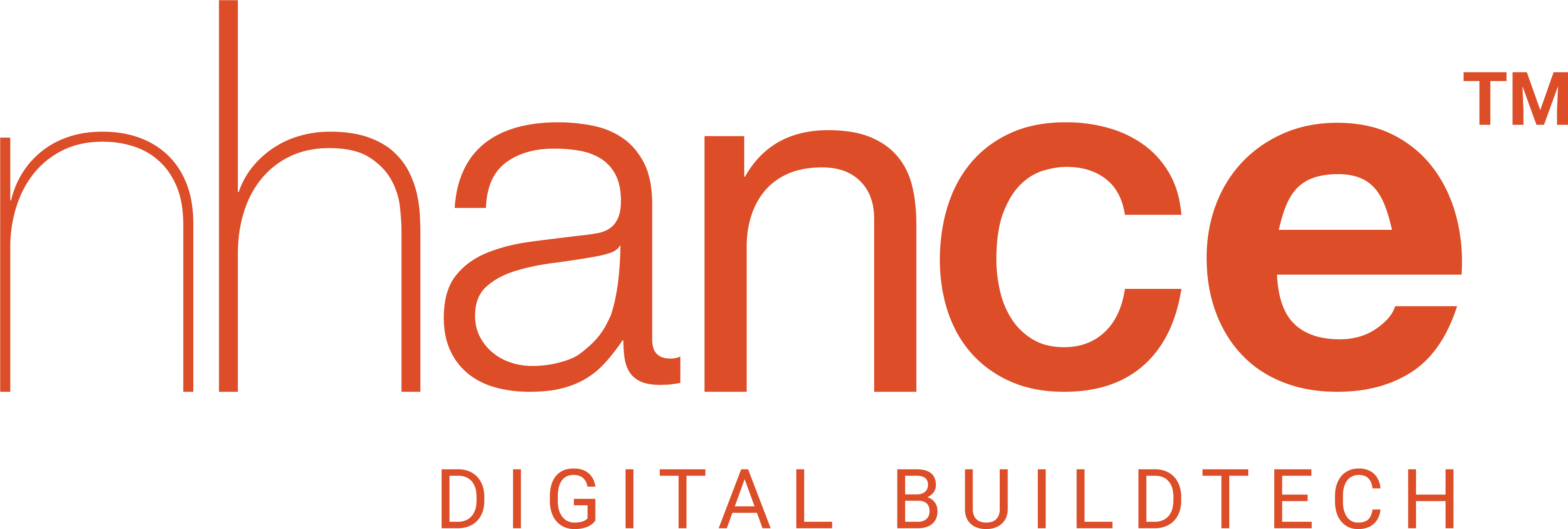With digital transformation taking over almost every industry, the use of digital technologies has also made its way into the construction business. The incorporation of digital technologies in the sector is backed by the recent industry trends pushing the industry to lower its carbon footprint, adopt sustainability, and optimize time & cost. The need for innovative approaches to construction is further propelled by the increasing complexity and size of construction projects and the availability of senior management personnel and specialized labour which is anticipated to worsen.
There are technologies available for the sector to aid its automation of procedures, collaboration, and communication. Digitization is being used to increase productivity from project preparation to planning, project execution, field reporting, and back office control. It also caters to the increasing need for collaboration in the sector to bring siloed processes together.
The Need To Incorporate Digital Technologies
The use of digital technology significantly increases speed, transparency, accountability, and accuracy. Also, with paperless processes in place, collection and evaluation of data become easy, and eventually improved outcomes are obtained. Digital technologies are being incorporated into construction for the following reasons:
Imaging and survey: Expensive revisions in the design and building systems can be avoided using technologies like UAV technology, high-definition photography, 3D laser imaging, and GIS. Ground-penetrating radar, magnetometers, and similar tools can be used for imaging the sites requiring minimum disruptions. Data from these advanced survey and imaging tools can be analyzed and visualized to undertake strategic construction decisions.
Digital Planning: The process of documenting a built structure for digital planning through BIM is called Scan-to-BIM. 3D laser scanners are used to capture a building’s “as-is” condition and create a BIM model. The technology is used for creating digital building documentation, facility management, and renovations. building documentation, facility management, and renovations. It is also used extensively to compare the built environment against the original plan.
Photo Documentation: Digital construction is being backed by the next-generation software for 360° construction photo documentation. The photos from the 360 camera are mapped to the plan automatically. Using integrated smart analytics tools offers gives great insights and complete site visibility. The software helps in complete documentation of the construction site, driving accountability, minimizing travel, and reducing risks.
Intelligent equipment: With IoT sensors and wireless technologies, communication between equipment becomes easy and centralized. Monitoring productivity also becomes easier. Preventive maintenance, inventory management, energy efficiency, safety, quality assessments, and gathering of equipment usage data also becomes possible. IoT and advanced analytics can be used in construction projects to get insights that can aid productivity, error minimization, timeliness, and risk mitigation.
Digital blueprint: BIM is popularly used to access a digital representation of the construction project and make the required structural modifications before undertaking the physical construction. This can also be used to control costs. 5D BIM takes account of spatial design characteristics, the project’s budget, and the timeline. Intricacies like geometry, specs, aesthetics and other building aspects are also included.
Standardized design: Combining BIM with augmented reality can help in embracing standardized designs and compatible data reporting formats.
Competitive edge: With AI and ML, errors can be forecasted and timely measures can be taken to improve the construction process. Using advanced analytics, any anomaly from the plan can easily be detected at the earliest stage and corrective measures can be taken right on time. By bringing all the building data, from design to the post-construction phase through intuitive platforms like nhanceTwin, companies can easily have pre and post-construction building planning that stands out in the market.
Simulations: With the use of AR and VR technologies, real-world scenarios can be mimicked and detailed interactive models can be generated. This allows us to understand how the building systems will function in a real-world environment. AR and VR technologies also enable safe working environments and assist in the safety training of workers.
Sustainability: The use of technology minimizes and manages resource wastage and site sensors can help reduce noise and air pollution. Companies are using smart devices and IoT to shrink their carbon footprints. By digitizing construction, modern-day organizations are relying on technology to realise their ESG goals.
Technology adoption is slowly becoming a must, and businesses that delay doing so, run the danger of slipping behind their rivals. However, even though the use of digital solutions has significantly increased, a majority of applications are not well connected with core processes. Lack of integration in the employed technologies is one of the major issues in the industry that keeps the majority of data in silos. Integration across apps will be important for the construction sector to thrive in the digital revolution.
For the latest updates and innovative solutions in the AEC industry visit our website nhance.ai.








